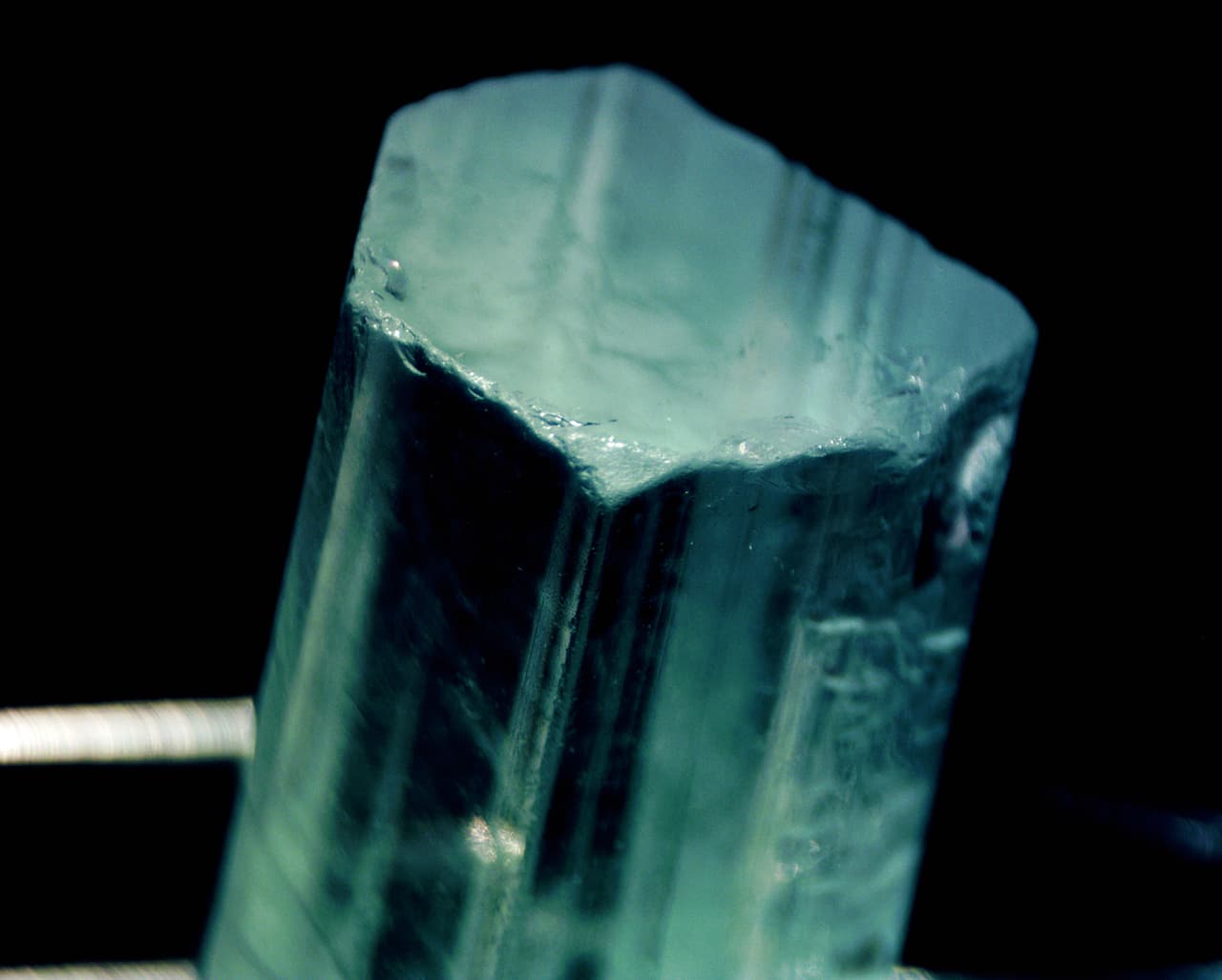How Do Aquamarines Form?
The March birthstone, aquamarine is a popular gem. Learn how aquamarines form, what they look like, and how they get their blue to blueish green color.
2 Minute Read
What is Aquamarine?
Aquamarine is the blue to blueish green variety of the beryl species. Beryls with other colors comprise other beryl varieties, such as emerald (green), morganite (pink), heliodor (yellow), and the extremely rare red beryl.
Where do Aquamarines Form?
Most aquamarines form in mineral-rich pegmatite rocks. They often occur with other pegmatite-based minerals such as quartz, garnet, and topaz.
Beryl minerals are made of beryllium aluminum silicate: Be3Al2(Si6O18). They form in granite pegmatite rocks and hydrothermal carbonate veins and cavities, where hydrothermal processes have modified the granitic composition. Beryls can also be found in gem-gravel placer (alluvial) deposits.
These pegmatites contain some internal cracks and voids. Underground, hot magma interacts with the rocks and heats them, and the heating initiates a chemical chain reaction between the minerals.
When the magma gradually cools, the thermal activity within the pegmatites begins to form crystals within the voids. This prolonged process can take anywhere from tens of thousands to millions of years. Silicate-based minerals, like aquamarine, need a longer time to crystallize compared to other minerals. Therefore, a slow cooling process is vital.
Are Aquamarines Rare?
Relatively common, pegmatite rocks…
International Gem Society
Related Articles
Aquamarine Value, Price, and Jewelry Information
Six Famous Aquamarines
Aquamarine Durability
Are White Aquamarines Genuine Aquamarines?
Never Stop Learning
When you join the IGS community, you get trusted diamond & gemstone information when you need it.
Get Gemology Insights
Get started with the International Gem Society’s free guide to gemstone identification. Join our weekly newsletter & get a free copy of the Gem ID Checklist!
